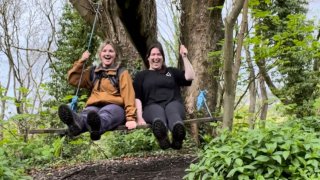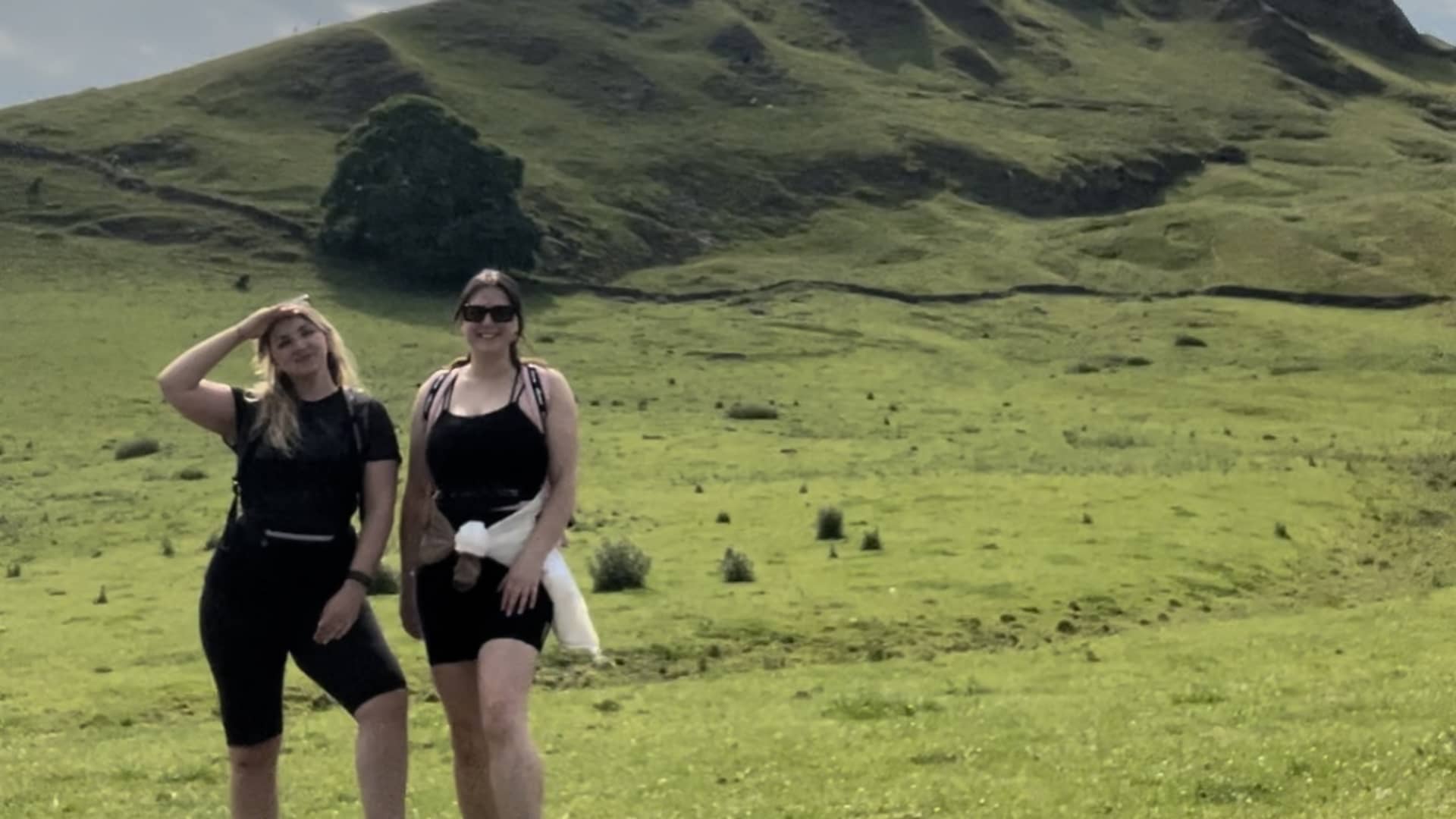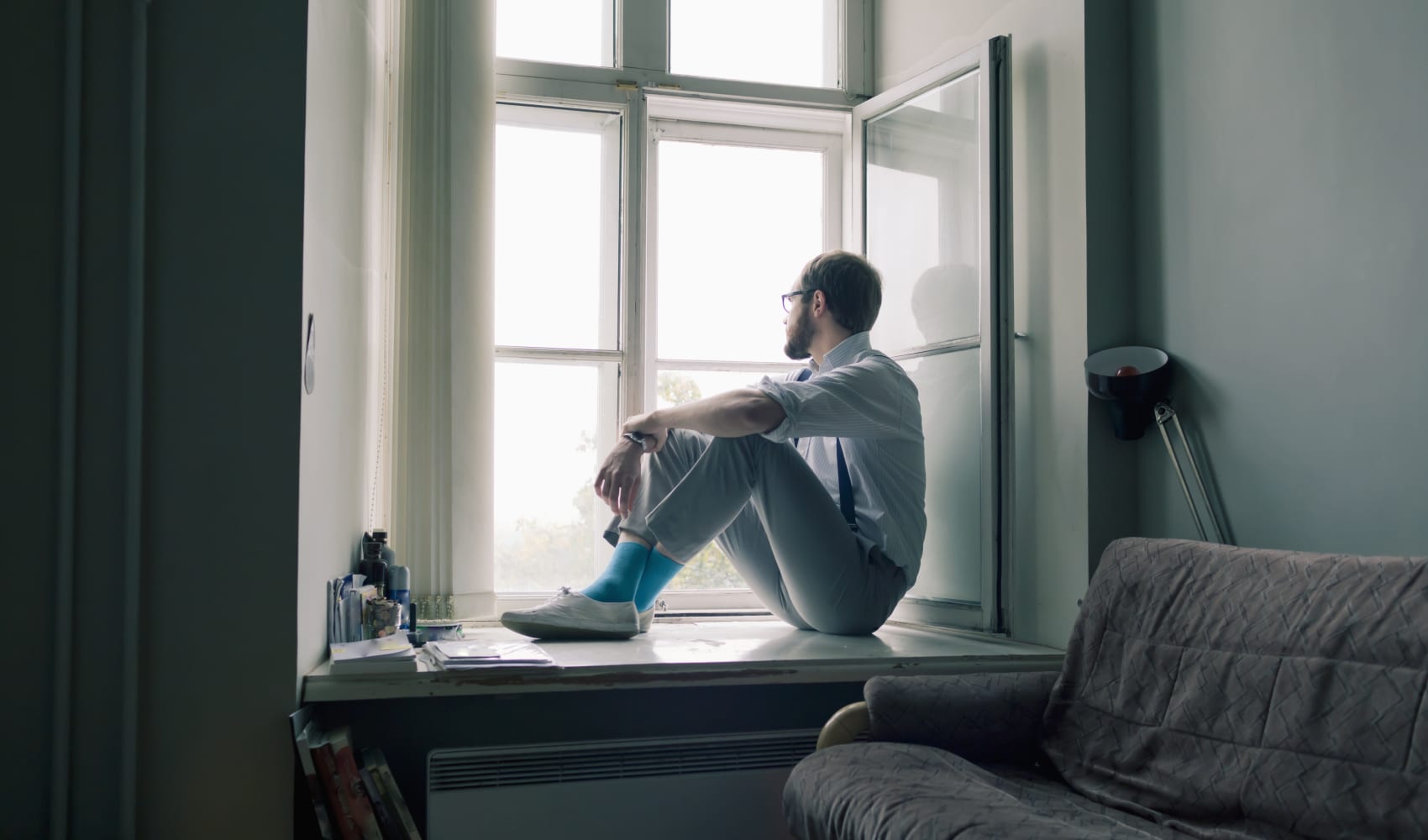
The popular social media trend #softlife, is a movement that encourages people to protect their peace by prioritizing relaxation and reducing stress.
Living a soft life has inspired other buzzy campaigns like #quietluxury — buying simplistic, good-quality items with a high price tag, including clothing and home décor — and most recently soft hiking.
Lucy Hird and Emily Thornton, the creators of the soft hiking movement, were roommates in Manchester, U.K. when they first decided to go on hikes together during the pandemic.
They recognized pretty early on that they struggled to enjoy hikes because they were paying more attention to completing the hike in record time, rather than just enjoying the experience they were having in nature. This propelled them to create the new concept.
Get top local stories in Southern California delivered to you every morning. Sign up for NBC LA's News Headlines newsletter.
"It was just something we came up with on a hike. It was bit impromptu. We realized that we were on the same page in the way that we liked to go for walks and enjoy things," Thornton tells CNBC Make It.
"We were like, 'What would be the word for that?' and we [said] 'It's like hiking, but it's softer. Soft hiking.'"
With more than ten years of friendship under their belts, Hird and Thornton launched the "Soft Girls Who Hike" TikTok account to detail their hiking experiences and share interesting routes with their followers.
Money Report
They eventually amassed thousands of followers, and now the term soft hiking has 10 billion views on the app.
"Soft hiking is being soft with yourself, so it's not necessarily about walking for less time or [going] on a softer route," Hird says. "[It's] different for everyone."
Here's what the dynamic duo suggests doing on a soft hike to truly enjoy the journey.
A simple guide to 'soft hiking'
Similar to the soft life, soft hiking focuses on having a peaceful hiking experience and prioritizing your wellness, says Hird.
A soft hike can typically involve:
- Listening to your body
- Making sure you've eaten enough
- Taking breaks when you need to
- Not pushing yourself too hard
- Stopping to see things that interest you
Hird and Thornton say their soft hikes last from seven to eight hours, with them eating breakfast before heading out and packing lunch for their journey.
They often stop along their path to admire and learn about different buildings they see along the way.

"In the U.K., it's very different; off trail is still on the path. It just might be a building that's really interesting and we look at the history behind it. We've found some real hidden gems just by doing that," says Hird.
What's next for the #softhiking movement?
To connect with like-minded soft hikers, Hird and Thornton have started organizing group hikes, but the pair have decided not to monetize the soft hiking movement unless it aligns with their values.
"We're just here to make a difference," Thornton says. "If we're working with any brands in any way, it has to mean something. We're not too concerned about making money or monetizing in any way."
Since starting the movement, they've received positive feedback from people about how the concept has shaped their view of hiking.
"We've had a lot of comments from people with chronic illness about the barriers, mental and physical. It's really encouraged them to see that they can get out and hike too," Hird says.
"I think the word 'walking' can actually be quite restrictive because not everyone can walk. But hiking is more of a doing word, so everyone can hike in a way."
"It's just doing it in your way, isn't it?" says Thornton. "Yeah," Hird responds.
DON'T MISS: Want to be smarter and more successful with your money, work & life? Sign up for our new newsletter!
Get CNBC's free Warren Buffett Guide to Investing, which distills the billionaire's No. 1 best piece of advice for regular investors, do's and don'ts, and three key investing principles into a clear and simple guidebook.






